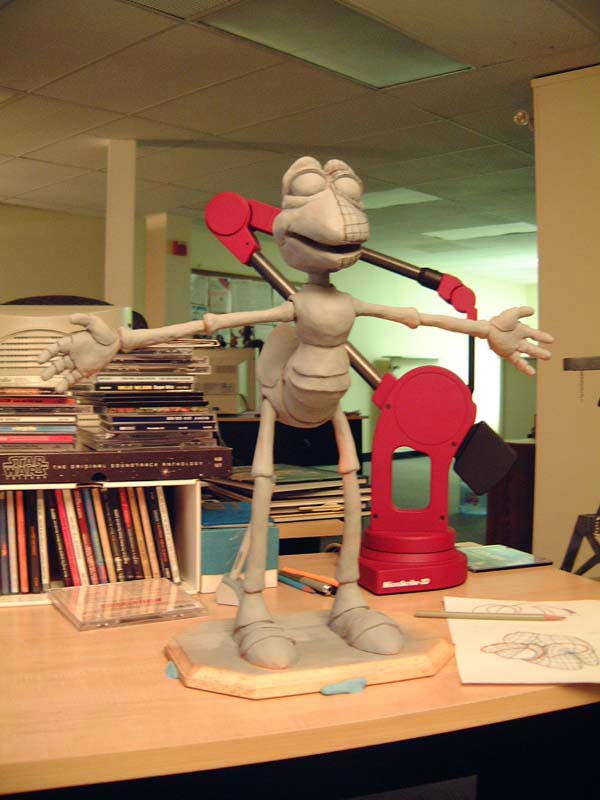 You have no doubt heard the term "animation" and the technical definition is the filming of a sequence of positions or drawings to create an illusion of motion. With the advent of computers, animation evolved from hand drawings to perhaps the most recognized forms of computer 2D animations and 3D computer animation. While the entertainment industry continues to create amazing computer generated 3D animations, what used to take a great deal of manpower, not to mention pencils, cels, etc. can now be accomplished by a single individual.
You have no doubt heard the term "animation" and the technical definition is the filming of a sequence of positions or drawings to create an illusion of motion. With the advent of computers, animation evolved from hand drawings to perhaps the most recognized forms of computer 2D animations and 3D computer animation. While the entertainment industry continues to create amazing computer generated 3D animations, what used to take a great deal of manpower, not to mention pencils, cels, etc. can now be accomplished by a single individual.
 The most familiar form of 2D animations can be found by watching Saturday morning cartoons with your kids, or even simpler animations every day when you surf the web. It takes on the forms of advertisements, e-cards, etc. The basic starting point for all animations is a storyboard that lays out the basic script in a visual format, much like an extra large comic strip.
The most familiar form of 2D animations can be found by watching Saturday morning cartoons with your kids, or even simpler animations every day when you surf the web. It takes on the forms of advertisements, e-cards, etc. The basic starting point for all animations is a storyboard that lays out the basic script in a visual format, much like an extra large comic strip.
From that point a rough audio track of the script is created to give animators something to sync with their drawings. This form of animation uses "vector graphics," meaning that the images are based upon mathematical equations, rather than by an array of pixels, such as in "raster graphics."
Although similar in some ways to 2D animations, 3D computer animation is a different process, as a scene being done in 3D is created long before any actual animation begins. Even in general terms, most people automatically think 3D when they are speaking or reading about computer animation, partly due to its flexibility.
What many people do not realize is that the entertainment industry and specifically motion picture applications, while possibly being the forerunners in advancing technologies, only account for a fraction of the 3D animations market. Actually, there is very little difference between computer animation and what is called traditional animation.
The main difference is the tools that are used to create animations, the effort and the price. Traditional 3D animation was more like claymations, and was done by using stop-motion filming techniques. Essentially, the true concept of 3D animations did not really catch on until the use of computers for animation became more cost effective and practical.
 Although the entertainment industry is largely responsible for the advances in 3D computer animation, they make up only a small part of the market that uses 3D animations. Animation designs sell products; it is also used as a teaching aide because it presents information in a more understandable way.
Although the entertainment industry is largely responsible for the advances in 3D computer animation, they make up only a small part of the market that uses 3D animations. Animation designs sell products; it is also used as a teaching aide because it presents information in a more understandable way.
 Many animations can be created completely on a computer, but depending on the type of animation desired, such as cartoon animations, there may be the need for some hand-penciling work to be done.
Many animations can be created completely on a computer, but depending on the type of animation desired, such as cartoon animations, there may be the need for some hand-penciling work to be done.




No comments:
Post a Comment